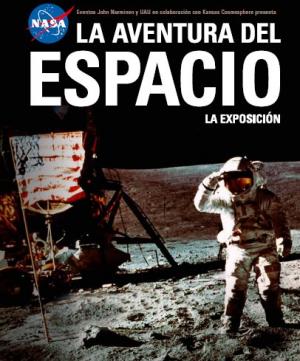 After its launch in Stockholm in January 2011 – where more than 280,000 visitors passed through the doors – Madrid is only the second city to host the NASA: The Adventure of Space Exhibition which will be touring Europe for the next five years. Totally unique, the 2,500 square metre showcase brings together an extraordinary collection of more than 300 original items – instruments, artefacts, machinery, spacesuits… all of which have journeyed into space, plus faithful life-size replicas and meticulously-crafted scale models – which have never before been exhibited, perhaps surprisingly, not even in the US.
After its launch in Stockholm in January 2011 – where more than 280,000 visitors passed through the doors – Madrid is only the second city to host the NASA: The Adventure of Space Exhibition which will be touring Europe for the next five years. Totally unique, the 2,500 square metre showcase brings together an extraordinary collection of more than 300 original items – instruments, artefacts, machinery, spacesuits… all of which have journeyed into space, plus faithful life-size replicas and meticulously-crafted scale models – which have never before been exhibited, perhaps surprisingly, not even in the US.
And the Spanish capital is the perfect place for The Adventure of Space Exhibition – which opened on 16 December 2011 and runs until 15 June 2012 – not only because if you’re on the Costa del Sol, then Madrid is just a 60-minute flight, or less than 2.5 hours away by high speed train, but also because the city has played a key role in NASA’s Space Program, and for that matter still does.
But more of that later, ‘cos unless Neil Armstrong’s inimitable words: “That’s one small step for a man, one giant leap for mankind,” – witnessed by millions around the world as he stood on the moon on 21 July 1969 – left you totally unmoved, then you’ll be itching to find out just what’s in store for you at this once in a lifetime exhibition…
Organised by John Nurminen Events & UAU in collaboration with Kansas Cosmosphere, the NASA: The Adventure of Space or in Spanish, NASA: La Aventura del Espacio: La Exposición, is an absolutely authentic experience chronicling the reality of the space adventure from its earliest beginnings… to future projects.
The dramatic and inspirational story about human achievement starts at the entrance to the pavilion, where there’s an exact replica of the gangway via which the Apollo 17 astronauts – the last to walk on the moon – entered their lunar module from the launch pad. Complete with the simulated atmosphere of a typically humid Florida night, as you look through the window, you can see the very same plastic bag in which Yuri Gagarin – the first man to orbit the Earth – kept his personal possessions during the flight. The scene set, your space voyage, which ends with the opportunity to experience zero gravity in a flight simulator, is just about to begin…
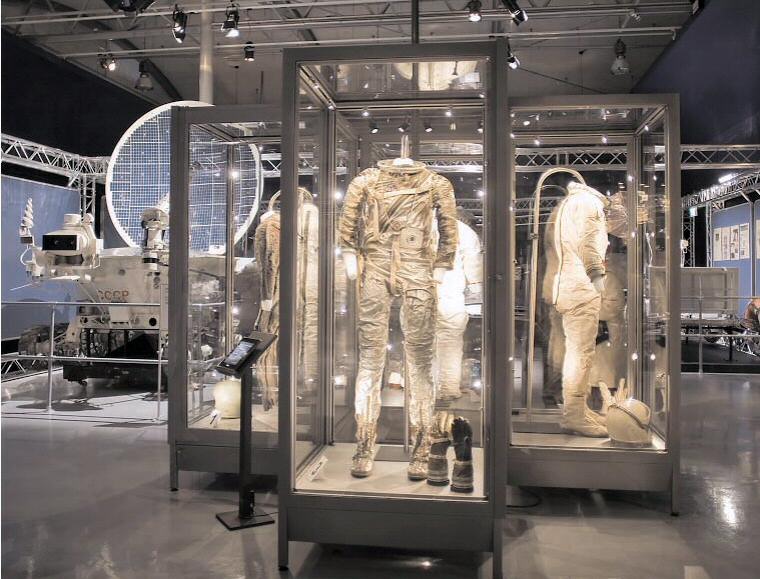 Arranged in chronological order, there are six different galleries to explore, namely: Go fever; Dreamers: Visualising space; Pioneers: The science and design of rockets; Innovation: Special space crafts: Equipment and communications; Resistance: Astronauts, spacesuits and EVA (Extravehicular Activity); and Next generation: Space and beyond.
Arranged in chronological order, there are six different galleries to explore, namely: Go fever; Dreamers: Visualising space; Pioneers: The science and design of rockets; Innovation: Special space crafts: Equipment and communications; Resistance: Astronauts, spacesuits and EVA (Extravehicular Activity); and Next generation: Space and beyond.
Highlights of the show undoubtedly include the awesome replicas, many of which are life-size, and were built by Don Bies, the creator of Star Wars’ R2-D2 robot. Among them there’s a Gemini spacecraft complete with a recreation of the tiny cabin in which astronauts Jim Lovell and Frank Borman lived for 14 days; a Lunar Roving Vehicle; an Apollo cabin fitted out exactly as it was for a space mission; and the forward section of the Atlantis Space Shuttle. One of its real wheels is also on display, as is a fascinating 1:72 scale model of the International Space Station coupled to the Space Shuttle.
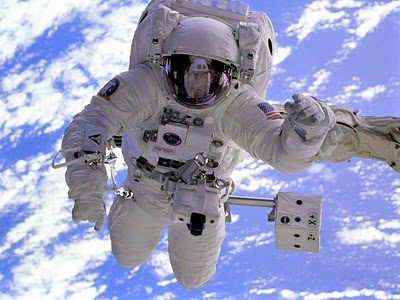 In the spacesuits section you can see inside one of the Portable Life Support Systems that enabled astronauts to work outside their Lunar Modules, while more basic but nonetheless authentic items include the staple diet of dehydrated food, as well as the bottles of vodka that accompanied Soviet cosmonauts on their early space flights.
In the spacesuits section you can see inside one of the Portable Life Support Systems that enabled astronauts to work outside their Lunar Modules, while more basic but nonetheless authentic items include the staple diet of dehydrated food, as well as the bottles of vodka that accompanied Soviet cosmonauts on their early space flights.
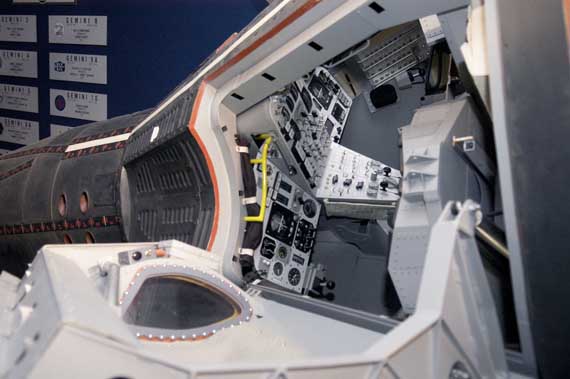 In addition, you can get up close with projects that so far haven’t seen the light of day, such as the Apollo 18-20 lunar missions, the X-20 Dyna Soar and the Manned Orbital Laboratory, while recent projects together with some still on the drawing-board include the Hubble telescope, the Voyager I and II missions plus Mars Pioneer.
In addition, you can get up close with projects that so far haven’t seen the light of day, such as the Apollo 18-20 lunar missions, the X-20 Dyna Soar and the Manned Orbital Laboratory, while recent projects together with some still on the drawing-board include the Hubble telescope, the Voyager I and II missions plus Mars Pioneer.
And the key role that the Spanish capital has played throughout the years in NASA’s Space Program?
Carlos González, the artistic curator of the Exhibition and former deputy director of the Madrid Deep Space Communications Complex, in Robledo de Chavela – one of only three NASA centers around the world to communicate with flights on missions in space – explains: “NASA has a close relationship with Madrid. It was at Robledo de Chavela that we received the first photograph of Mars taken by the Mariner space probe, and we also relayed messages from Apollo 11 when it landed on the moon.”
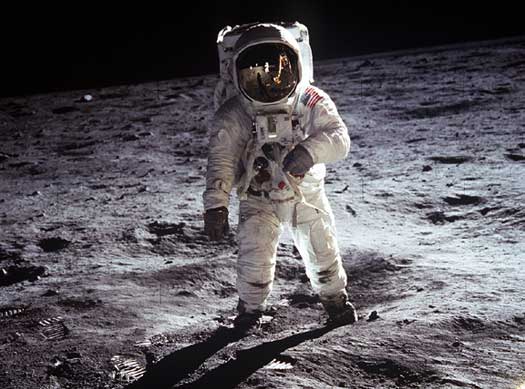 In fact, in the words of Neil Armstrong, “Without the vital communications between the Apollo 11 and the Madrid station in Robledo de Chavela, our moon landing would not have been possible.”
In fact, in the words of Neil Armstrong, “Without the vital communications between the Apollo 11 and the Madrid station in Robledo de Chavela, our moon landing would not have been possible.”
And while it was Robledo de Chavela that maintained contact with the command module, it was the Fresnedillas de la Oliva space station, also in Madrid – and where dozens of Spanish and American experts worked together four decades ago to ensure the moon landing was a success – which covered Apollo 11’s historic lunar landing.
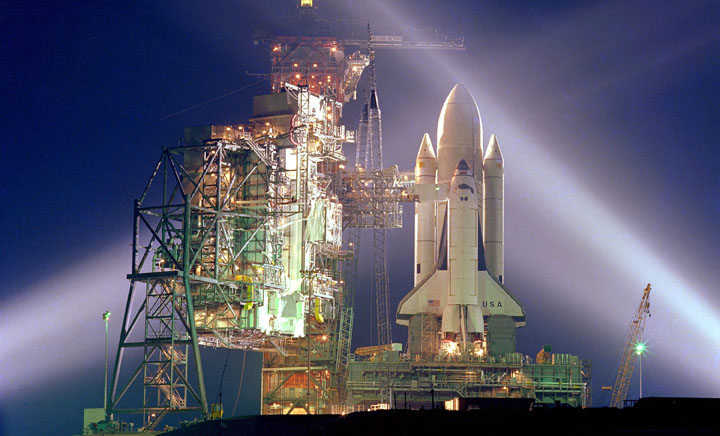 Since the Mila and Bermuda space stations were both temporarily out of action, it was the Madrid facility which was key to determining the precise orbital parameters for the first manned flight of NASA’s Space Shuttle Program when Columbia was launched on 12 April 1981 and returned to Earth 54.5 hours later after having orbited the planet 37 times. Over the years, the Spanish capital’s space station has collaborated with most other international space agencies and the Robledo de Chavela base is still supporting scientific projects and will continue to do so in the future.
Since the Mila and Bermuda space stations were both temporarily out of action, it was the Madrid facility which was key to determining the precise orbital parameters for the first manned flight of NASA’s Space Shuttle Program when Columbia was launched on 12 April 1981 and returned to Earth 54.5 hours later after having orbited the planet 37 times. Over the years, the Spanish capital’s space station has collaborated with most other international space agencies and the Robledo de Chavela base is still supporting scientific projects and will continue to do so in the future.
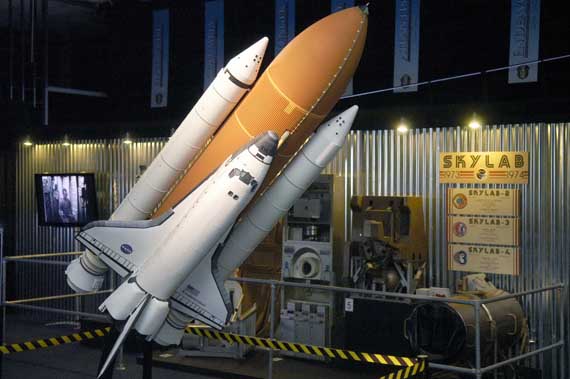 Yet more of the Spanish capital’s links with ‘the final frontier’ include the fact that Spain’s first astronaut, Pedro Duque – a member of the European Space Agency – was born in Madrid, as was Miguel López-Alegría who, after becoming an American citizen, joined the NASA team.
Yet more of the Spanish capital’s links with ‘the final frontier’ include the fact that Spain’s first astronaut, Pedro Duque – a member of the European Space Agency – was born in Madrid, as was Miguel López-Alegría who, after becoming an American citizen, joined the NASA team.
Actually, all things considered, it seems to me that the city’s famous ‘From Madrid to the heavens’ slogan – which in Spanish translates as ‘De Madrid al cielo’ – is much more than pure coincidence.
NASA: The Adventure of Space Exhibition is at Pavilion 12 of the Recinto Ferial de Campos, Avda. de Portugal, Madrid.
Open daily from 10am to 8pm until 15 June 2012 – but best to check in advance as it will be closed on public and local holidays.
Tickets: Adults €14 – Children €8 – Family Pack (2 adults + 2 children) €34 – Students & visitors aged 65 years+ €11
Admission includes an Audioguide available in English, Spanish, German or French.
For more information: T. +34 91 722 0400
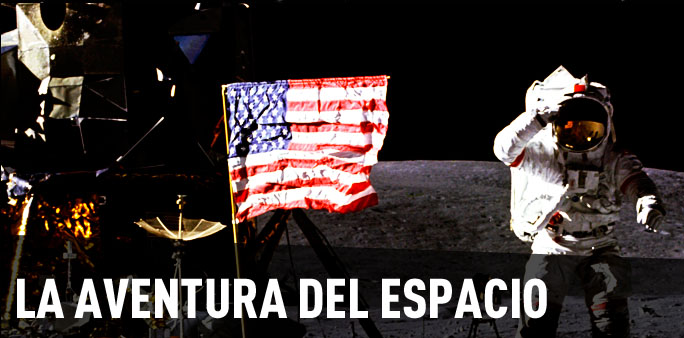
 en
en



 Vlaams-Nederlands
Vlaams-Nederlands
0 Comments
Leave a Comment
DISCLAIMER
The opinions and comments expressed by contributors to this Blog are theirs alone and do not necessarily reflect the views of VIVA Homes Under the Sun Ltd, any of its associated companies, or employees; nor is VIVA to be held responsible or accountable for the accuracy of any of the information supplied.
Have you got something to say?